How to Choose Wading Boots
How to Choose Wading Boots
Take a step in the right direction this fishing season and prepare for that next big trip by choosing the best wading boots for your angling needs.For fishermen, keeping on your toes doesn’t simply mean to be alert on the river; it also means staying upright and balanced. Battling the current when trying to reel in fish can be a daunting task. Thankfully, wearing a quality pair of wading boots can help you maintain a solid foundation in the stream as you look to land another day’s catch.
Wading boots are designed similarly to hiking boots and are intended to provide maximum comfort, support and traction to anglers wading out into the water. Wading boots can be worn as your sole footwear or paired with a comfortable pair of stockingfoot waders to keep you dry and comfortable when casting. Use these Pro Tips to help you choose a quality pair of waders to match your wading boots.
Like any piece of fishing equipment, wading boots offer a variety of qualities that can perform better in different water conditions. By choosing the right wading boot sole, style and fit, as well as finding the right wading boot material, you can start your fishing season on the right foot.
WADING BOOT SOLES
One of the main qualities that any wading boot should have is the ability to provide superior traction when trudging through your favorite rivers, streams and creeks. To keep your balance as you step over mud, rocks and debris, there are three sole varieties from which fishermen to may choose: rubber, felt and cleated.
- RUBBER SOLES: Similar in nature to your favorite hiking boots, rubber-soled wading boots offer superior durability and sturdiness and make a great footwear choice for anglers facing long treks through the woodlands to their desired fishing spot. In fact, rubber-soled wading boots are sometimes referred to as hiking-soled wading boots. Rubber soles can provide fantastic traction in muddy river bottoms and are easy to clean once the final line has been cast for the day.
- FELT SOLES: One might think that a cloth-soled wading boot would perform poorly in the water, but when it comes to felt-soled wading boots, nothing could be further from the truth. That’s because these boots offer exceptional traction over slimy rocks, moss and debris, which can help you avoid any treacherous slips or falls. Felt soles are not as durable as rubber soles, however, and can erode over time.
Kylebooker wading boots [Felt sole]
Another factor to be mindful of is the legality of felt-soled wading boots in your respective state or district. Because felt dries slower than rubber, your wading boots can hold potentially harmful bacteria or invasive species and can carry them from one fishing location to the next, further spreading these problems. Some states have outlawed the use of felt-soled wading boots as a preventative measure, so be sure to review your local fish and wildlife regulations prior to purchase.
- CLEATED SOLES: When conditions warrant a more secure footing, fishermen can turn to cleated or studded wading boots for efficient traction in the stream. When walking through dead leaf collections or moss patches, studded wading boots can offer a secure grip to get you where you’re going safely. Cleated wading boots might not be the best option for anglers in muddy rivers, however, as they can become troublesome to clean after your fishing expedition.
BONUS PRO TIP: If you believe studs are needed to navigate your preferred waters, you can purchase a pair of wading cleats to slide over your wading boots, giving each step you take a little more security in the water.
SUPERIOR SUPPORT
To help protect your feet from rolling currents, slippery rocks and floating debris, you should look for wading boots that feature ample support for the ankle and foot. Wading boots should have a sturdy heel area, as well as additional padding around the boot collar, to help alleviate the risk of a rolled ankle. Toe and heel caps can also help protect your feet from unnoticed rocks or structures, as well as extend the lifespan of your wading boots.
In terms of foot support, a quality lacing system can help keep your feet locked in for stability. You do not want your heel lifting inside your boot with each step, as this can increase the chances of injury or slipping. Be sure to keep your laces taut for maximum stability with every movement. A thick, wide tongue can also provide support to your foot. Look for a wading boot model with the tongue sewn into the side of the boot, as this can also help keep unwanted dirt and debris from entering your boot.
STYLE AND MATERIAL
Wading boots come in many styles and are designed for the type of water conditions they will encounter. For most fishermen battling rocky rivers or unknown terrain, a hiking boot-style wading boot can be sufficient in performance. There are fewer extreme options for anglers that resemble more of a work boot as well, which can be a great introductory footwear choice. Lastly, if you plan on just wearing wading boots or know that the river bottom will be slow moving and debris-free, you can always choose a pair of sneaker-style wading boots for maximum comfort.
Regardless of which wading boot style you choose, make sure that the materials are up to the task of withstanding the water and current. Wading boots are not designed to be waterproof. Instead, they’re designed to allow water to freely pass through their structure, while your stockingfoot waders or wading socks keep your feet dry.
Today, many wading boots are made of synthetic leathers and microfibers that don’t absorb moisture, allowing you to move downstream without adding weight to your boots. Many models feature drainage holes in key areas so streams and creeks can easily pass over, under and through your feet. Some higher-end wading boots can also be coated with a Durable Water Repellant (DWR) that helps the material block water absorption, further extending their longevity.
WADER BOOT SIZING
Sizing for wading boots can be different than sizing for other footwear. In order to accommodate your neoprene stockingfoot waders, you should look for one size larger than your normal hiking boots (potentially a 1/2 size more if you plan on wearing wading socks or wool socks in the colder months).
Some manufacturers have taken this practice into consideration, while others have not. In order to find the best size for your wading boots, be sure to always consult the manufacturer’s size guide for a concrete answer. Above all, look for a pair that will hold your foot securely and provide ample support in the key areas mentioned above.
If you’re looking to find the perfect companion to your stockingfoot waders, or simply want to embrace the water during those hot summer days, use these Pro Tips to find the best wading boots for your needs. Take a step in the right direction this fishing season with these helpful wading boot guidelines.
Article refer:
1.How to Choose Wading Boots
2.Care and Cleaning of Wading Boots for Fly Fishing
3.Wading Boots guide recommended
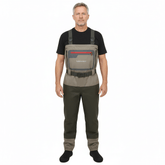

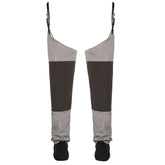
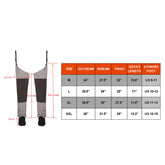
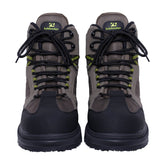
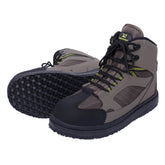
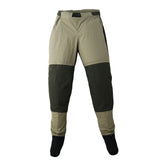

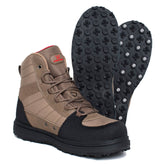
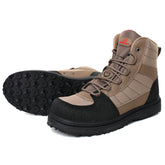
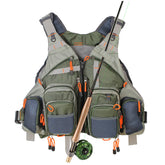

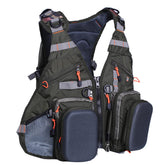
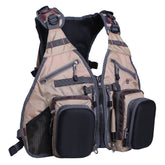
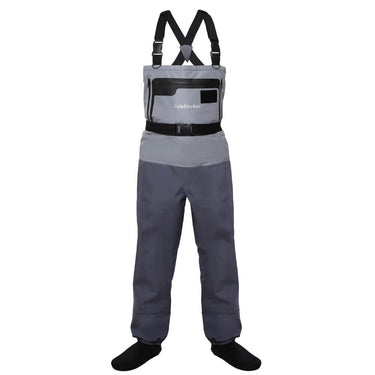
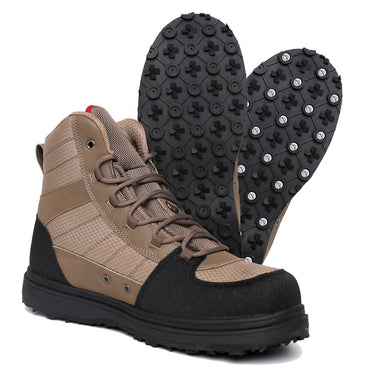



Leave a comment
Please note, comments need to be approved before they are published.